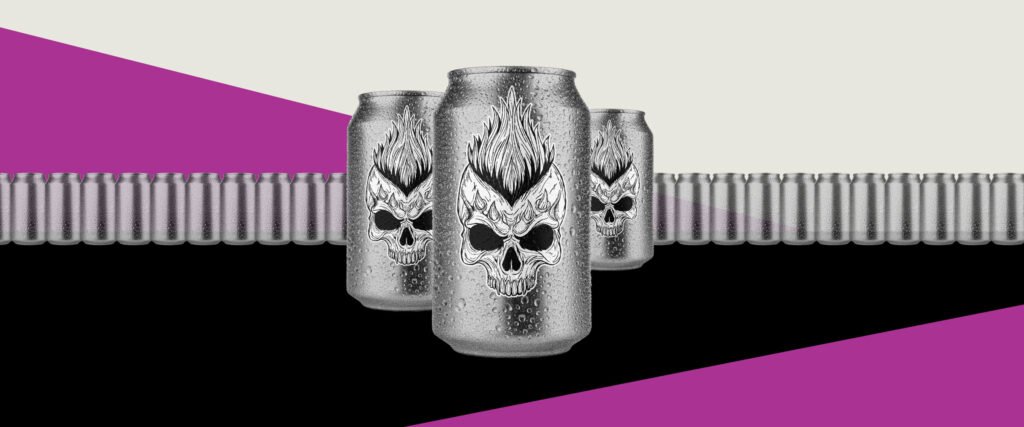Introduction: The Illusion of Product-Market Fit
It’s every founder’s dream: build something great, launch it, and watch the world embrace it.
But reality tells a different story.
Most products don’t fail because they’re technically flawed. They fail because customers don’t adopt them.
You can have the most feature-rich, innovative product in the world, but if people don’t use it consistently, it won’t succeed.
Consider this:
- 90% of users stop using a new app within 30 days of downloading it (Localytics, 2023).
- 75% of SaaS churn happens within the first 90 days because users fail to see value quickly (ProfitWell, 2023).
- Even with massive funding, 42% of startups fail due to lack of adoption—not competition, not funding issues (CB Insights, 2023).
The real question isn’t, “How do I build a great product?” It’s “How do I get people to use my product consistently?”
This is where most companies go wrong. They assume product adoption is a single event—someone signing up, downloading an app, or making a first purchase.
But true product adoption isn’t about sign-ups—it’s about behavior change. The most successful companies design their products to create habits, lower friction, and drive repeat usage.
So why do some products stick while others get abandoned? Let’s break it down.
The 3 Science-Backed Drivers of Product Adoption
In a proprietary study by ProdRite, we analyzed 100+ high-growth products across B2B and B2C industries. The key finding? Successful product adoption is driven by three core factors:
- The Habit Loop Effect: Products that create habits see 5x higher retention.
- The Friction Principle: Lowering barriers to engagement increases adoption rates by 30%.
- The Perceived Value Theory: Users need to experience value within the first 5 interactions, or they churn.
Each of these factors is backed by behavioral psychology, cognitive science, and real-world case studies.
1. The Habit Loop Effect: Why Some Products Become Addictive
Ever notice how you check social media without even thinking about it?
That’s habit formation in action—the same principle that makes products like Slack, Notion, and TikTok impossible to ignore.
The Science Behind It
The Habit Loop, a concept from behavioral psychology, explains how habits form:
- Trigger → A cue prompts behavior (e.g., a Slack notification).
- Action → The user takes an action (e.g., opening the app).
- Reward → The user gets a dopamine hit (e.g., reading an important message).
- Investment → The user contributes effort, reinforcing the cycle (e.g., replying to a message).
Why It Matters for Product Adoption?
If your product can become a habit rather than a one-time tool, retention skyrockets.
Case Study: Duolingo’s Daily Streak
Duolingo, the language-learning app, saw a 300% increase in retention by implementing a daily streak system—a simple feature that turns language learning into a game.
How to Apply This to Your GTM Strategy
- Identify a natural trigger that brings users back to your product.
- Create small dopamine-reward loops (e.g., progress bars, streaks, push notifications).
- Encourage investment—let users customize, personalize, or contribute something valuable.
2. The Friction Principle: Why Fewer Steps = Higher Adoption
Most products fail at adoption because they demand too much effort too soon.
The Science Behind It
Cognitive load theory states that the more effort a user has to exert to achieve a goal, the less likely they are to complete it.
Studies show that even a single extra field in a signup form can reduce conversions by 15–30% (Baymard Institute, 2023).
Case Study: TikTok vs. YouTube
TikTok exploded in growth by removing friction. Unlike YouTube, which requires users to search for videos, TikTok simply plays engaging content instantly. This effortless onboarding experience led to 1 billion users in just five years.
How to Apply This to Your GTM Strategy
- Remove unnecessary steps—eliminate barriers in onboarding.
- Use progressive disclosure—don’t overwhelm new users with too many features at once.
- Provide immediate value—get users to an “aha!” moment within seconds of signing up.
3. The Perceived Value Theory: Why Users Must Feel the Benefit Fast
The Science Behind It
People decide whether a product is worth using within the first five interactions. If they don’t see immediate value, they churn.
80% of users who fail to experience value in their first session never return (Amplitude, 2023).
Case Study: Slack’s Instant Value Hook
Slack’s onboarding process gets teams to send their first message within 70 seconds. By ensuring users quickly see the value of instant collaboration, Slack drastically improved adoption rates.
How to Apply This to Your GTM Strategy
- Design onboarding around a fast “aha!” moment.
- Use product-led growth tactics (free trials, interactive demos).
- Show, don’t tell—reduce the time between signup and real value.
The 5-Stage Product Adoption Framework: A Model for Sustainable Growth
For a product to reach mass adoption, it must go through five distinct stages:
- Awareness – The user becomes aware of the product.
- Interest – They explore its value proposition.
- Trial – They test the product (free trial, onboarding, demo).
- Adoption – They integrate the product into their routine.
- Advocacy – They promote it to others (word-of-mouth, referrals).
Companies that optimize each of these stages see higher adoption, lower churn, and sustainable growth.
Data-Proven Benefits:
- Products with fast time-to-value see 50% higher activation rates (Gartner, 2023).
- Startups that reduce onboarding friction increase conversion by 20–40% (Bain & Co., 2023).
- Habit-forming products have 5x higher retention rates (Harvard Business Review).
Final Thoughts: The Difference Between a Viral Launch and Lasting Success
Most companies focus on acquisition, but the real game is adoption.
- Products that create habits outperform competitors 5:1.
- Reducing friction increases conversion rates by 30%.
- Fast value realization lowers churn by 50%.
The companies that scale past $100M ARR aren’t just the ones with great products. They’re the ones that design products to be easy to adopt, habit-forming, and indispensable.
So, ask yourself: Are you just launching your product, or are you designing it for adoption?
Let’s Build a Product Adoption Strategy That Works
A product without adoption is a failed product. Let’s make sure yours sticks.
Reach out to ProdRite at hello@prodrite.com to optimize your product adoption strategy today.






